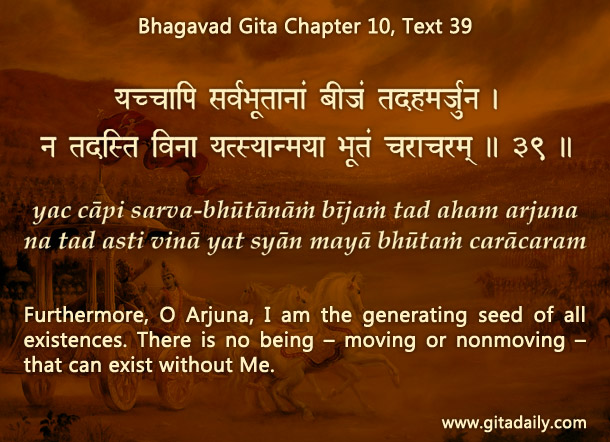Modern thinkers laud the questioning spirit as the engine of scientific progress. Because Newton questioned the falling of an apple, he came up with the principle of gravity that propelled the development of modern science.
Some skeptics allege that our questioning spirit is choked by religion, which requires one to swallow received dogmas unthinkingly. Such skeptics are probably unaware of the Vedic tradition whose central texts are filled with question-answers. The Bhagavad-gita is entirely a question-answer book, wherein thoughtful enquiries are coherently and cogently addressed. And the Vedanta-sutra (1.1.1) begins with a call for spiritual inquisitiveness, thus indicating that the questioning spirit is vital for our metaphysical growth.
For authentic metaphysical growth, we need to go beyond asking questions about things, as does science, and ask questions about our capacity to ask questions: “Why do we exist? Why do we have the capacity to ask questions? Where does it come from?”
Pertinently, the Gita (10.39) declares that God, Krishna, is the source of everything – without him, nothing would exist. This understanding of God as the cause of all causes implies that he is the very raison d’etre for the existence of everything. His existence is not just a possibility, but is the pre-condition for the existence of everything else. Without him, there would be no subject who would ask questions, no object about which to ask questions, and, of course, no questions. Thus, the very existence of the questioner, the questioned and the question rests on the existence of God, who is the answer before all questions.
This same divine source of everything is also the source of our intelligence with its questioning spirit. When we use our questioning spirit to ask the most foundational questions, we will be irresistibly and joyfully drawn towards the one who is the foundation of all existence.
To know more about this verse, please click on the image
Explanation of article:
Podcast:


wooow niceee